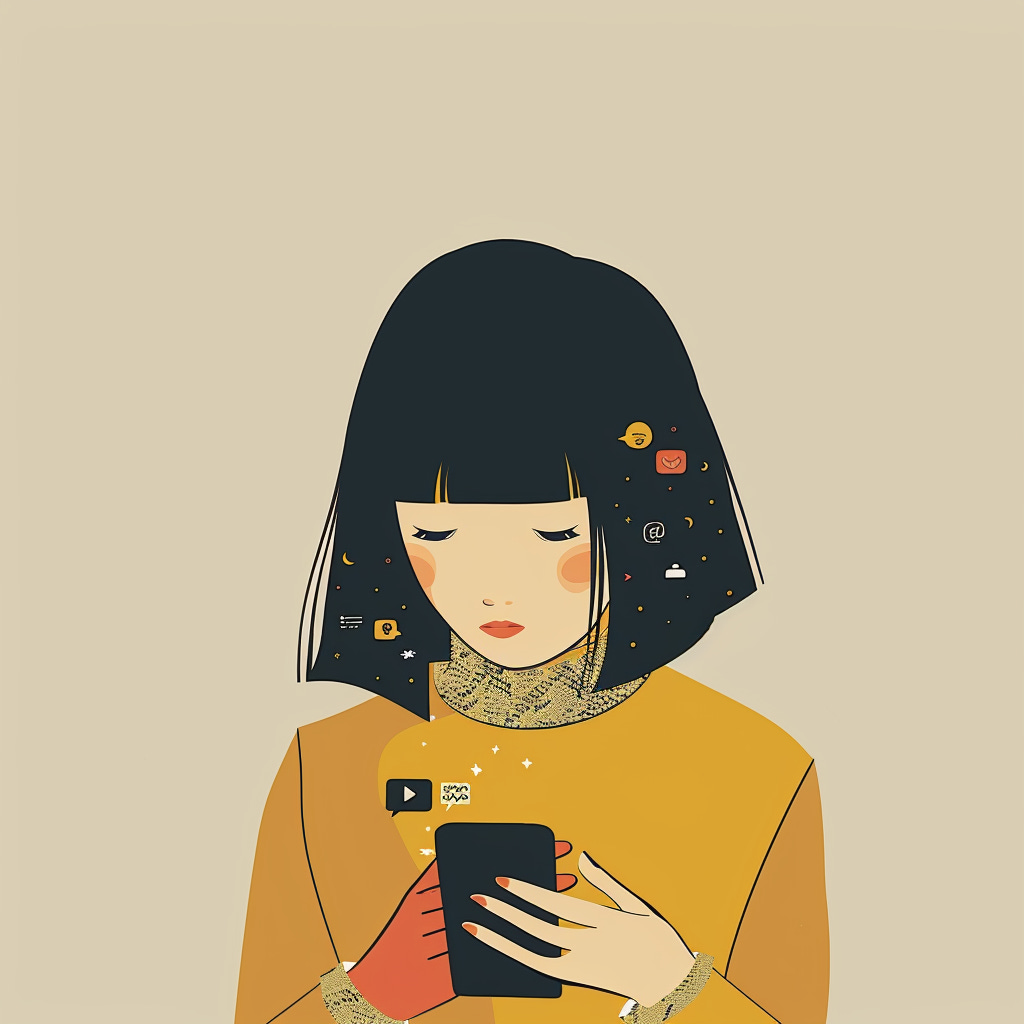The Quiet Memory of the Photos We Keep on Our Phones
The vast majority of photos will never be shared online. Blurry, mundane, too intimate: they sleep in our phones, a quiet memory of a life that resists constant performance.
Tuesday night on Earth. A letter written between Paris and the Cannes Lions, the advertising festival. Feel free to share and recommend.
If the billions of images uploaded online are often seen as a sign of a world where authenticity reigns, the truth is quite different.
We are what we choose to keep, not what we choose to show.
A new protected space: the memory in our phones
The gesture repeats itself: in real life, we go to our phone gallery to find a meaningful image, a reference. The circle forms around the screen, like a miniature theatre stage.
We scroll gently from one memory to the next, through a kind of cluttered bazaar where no social network has control. This space follows no editorial line, except perhaps the vibrant ordinariness of our lives.
Sometimes, the circle is very small: more and more doctors find themselves looking at deeply personal photos on their patients’ phones to track the progress of a condition like a scar, or a mole.
These photo archives have become the last barrier between our private selves and the public digital sphere. No surprise, then, that TikTok or Meta are so eager to access our galleries: this is where real life resides, in all its fragile ordinariness.
Far from performative staging: the images that sleep
We live in a paradox. This is the most visual era in human history — yet also the era of invisible images. Less than 1% of what we capture is ever shared. In the past, rolls of film were at least developed and often organized into albums.
The failed shots were exceptions, not the norm.
Now it's the opposite. Our images sleep in our phone galleries. They play the role of quiet memory, made of secondary moments, unfiltered fragments, silent proofs of existence. Photos for ourselves, for a few close ones, for later.
They don’t seek to impress or to “perform.” They simply bear witness, without staging.
So why do we keep them?
They're often blurry, repetitive, poorly framed, obscure, and yet we refuse to delete them. We even spend more and more money to keep them, via iCloud, Dropbox, Google subscriptions.
And still, these photos sketch out a more honest self-portrait.
One we keep tucked away, in the folds of our daily lives. Maybe the photos no one likes are the most alive of all.
What if that’s what real authenticity is?
Our digital expressions grow in a paradoxical space: extimacy (a contraction of external and intimate).
Algorithms push us to reveal more and more of our inner lives.
But users resist, simply by not sharing most of their content.
That resistance preserves a form of narrative autonomy.
True memory doesn’t live only in public digital archives. It lives in full photo rolls, overloaded phones, albums never opened.
Maybe, centuries from now, we’ll need museums for these saturated memory cards.
Our digital sarcophagi are no longer carved in stone; they fit in the palm of our hand.
The Stat of the Week: +103%
According to Pinterest, searches for literary retreats are booming.
Reading, slowing down, living without notifications — perhaps that’s the ultimate luxury.
Amazing links
Gen Z and gen Alpha brought a raw, messy aesthetic to social media. Why does it feel as inauthentic as ever? (The Guardian)
The Snapchat Generation report (Snapchat)
Have a great week! This newsletter is written with love, passion, and (French) coffee. Feel free to share this newsletter, like, comment, or keep sending me emails: these notifications are a joy.
My book “Alive In Social Media” is still available on Amazon.





Rien que le titre c’est déjà de la poésie 3..0